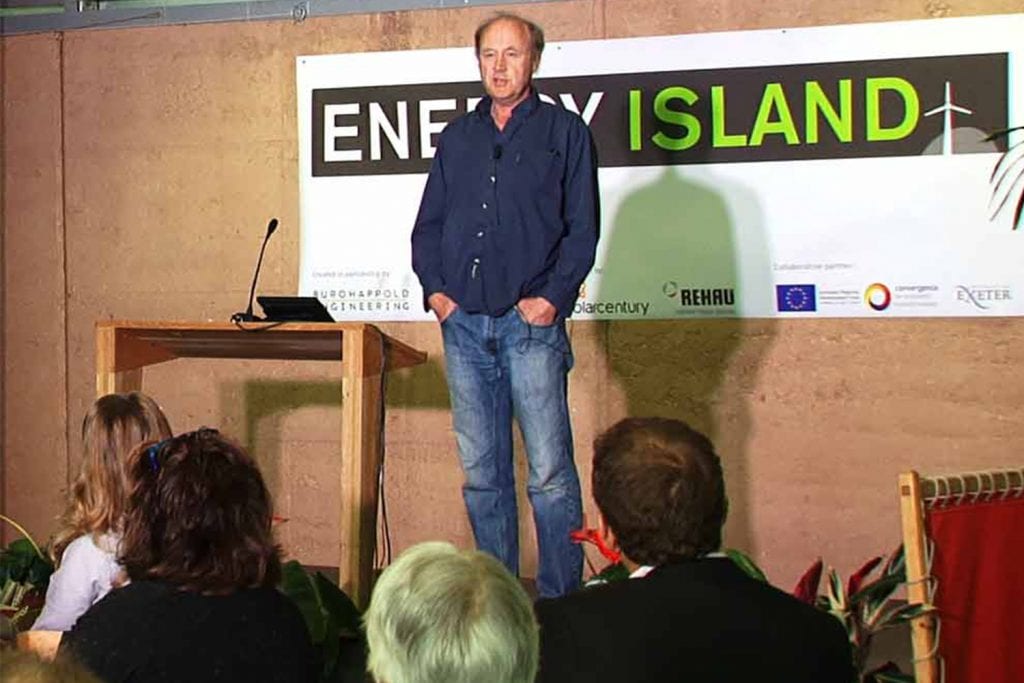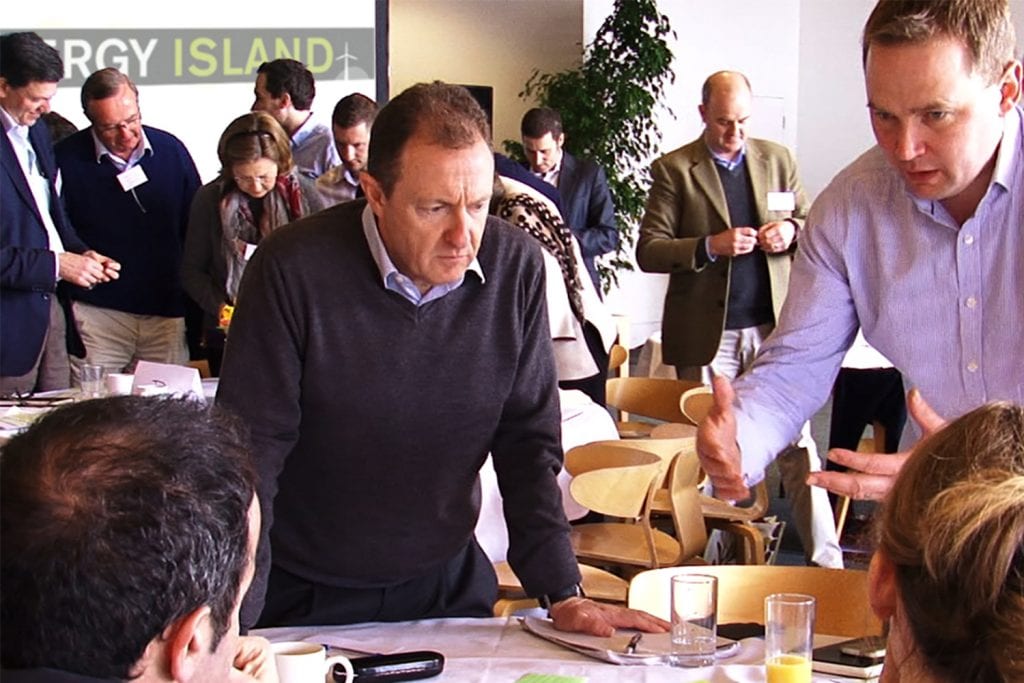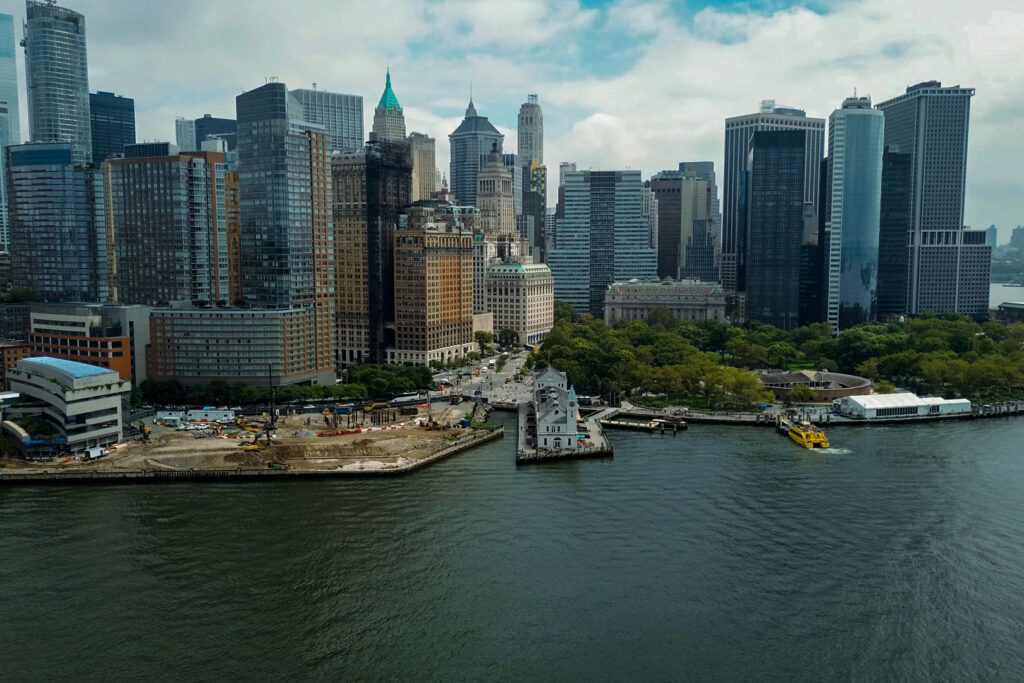Life after coal, how will the UK continue to keep the lights on?
An historic moment for the UK may have unwittingly passed you by at the beginning of May this year. On 9th May, and seven times since, the UK’s electricity was supplied without burning a single lump of coal.
Truly a moment for environmentalists around the country to celebrate – but the story is more complex than that.

The landmark event comes at an interesting time for the UK’s energy sector. In a speech made at the end of 2015, Amber Rudd, energy and climate change secretary, pledged to eradicate coal-fired power by 2025 as part of the country’s commitment to reducing carbon emissions. However, in the same speech, Rudd also announced cuts to subsidies for renewables and energy efficiency schemes.
So where does the Government see the future of energy supply? And what do Rudd’s seemingly contradictory statements mean for the development of renewables?
Coal has been the dominant source of fuel in the UK for centuries, with gas overtaking it more recently. Currently coal provides about 30% of the UK’s electricity but, as well as being the most carbon intensive of the fossil fuels, falling power prices have also made it increasingly uneconomical to run the coal fired power stations.
The UK has now become reliant on imported gas for much of its energy supply, meaning wealth flows offshore to purchase energy and is lost to the economy. Nuclear is becoming more central to the government’s future energy strategy. Plans for new nuclear stations, such as Hinkley Point C, would reduce the reliance on gas and would enable the UK to become more energy self-sufficient, but with many existing nuclear plants nearing the end of their lifespan, and the future of Hinkley Point C looking more than a little precarious, it is clear that a big gap is emerging.
Figures recently reported show that renewable energy has surged to record levels around the world. The Renewables Global Status Report, published on 1 June 2016, found that more than double the amount spent on new coal and gas-fuelled power plants has been spent on renewables in 2015.
Investing in renewable energy
For the first time in history, developing countries, such as India and Brazil, invested more in renewable energy than developed countries in 2015 (in Europe, investment in renewable energy actually significantly declined).
So, if the world is embracing renewable energy, what can the UK do to be part of this global energy transition and how can it address the critical situation to provide the right energy solutions for the future?
The Renewable Global Status Report states that cities, communities and companies are leading the rapidly expanding “100% renewable” movement, playing an absolutely vital part in advancing the global energy transition.
“The important role of municipal governments and local-level climate-based commitments in promoting deployment of renewable energy technologies on a large scale was highlighted as an important component of the COP21 climate negotiations in Paris.” Renewables Global Status Report.
Energy Island research – a framework for a sustainable energy system.
In 2015 Buro Happold held a two-day workshop to explore the concept of an ‘Energy Island’ as a key tool for shifting to a globally sustainable energy system. We downsized the dynamics of the UK’s energy system to a more localised scale to explore how ‘island’ thinking can promote creativity in a context which is not quite an island but a contained geographical area – the peninsula of Cornwall. We developed an interactive approach, which can be applied in many contexts around the world.
By using the ‘Energy Island’ metaphor, we found that Cornwall can improve its economy by becoming self-sufficient in energy, and exporting surplus to the ‘mainland’. Our ‘Energy Island’ approach falls in line with guidance from the Renewables Global Status Report which recommends a ‘distributed’ plan for future energy, stating “national policies should strengthen local capacity, particularly in the heating and cooling sector due to its distributed nature and to its large reliance on local resources”. The report goes on to reflect on the advanced planning needed to transition to the new business models and policy changes required by this type of energy model.
The ‘Energy Island’ approach gives regions responsibility for their own energy agenda and possibly a new revenue stream if surplus is created. Starting at a local level allows the possibilities to be explored in the granular detail that enables action. It raises the level of understanding of local stakeholders and brings them together as a coalition of advocates. It also reveals the changes that are needed at a higher level: regional trade and collaboration, national policy and regulatory changes, international electricity interconnectors, global climate change agreements and sharing of innovation taking place in different localities.










